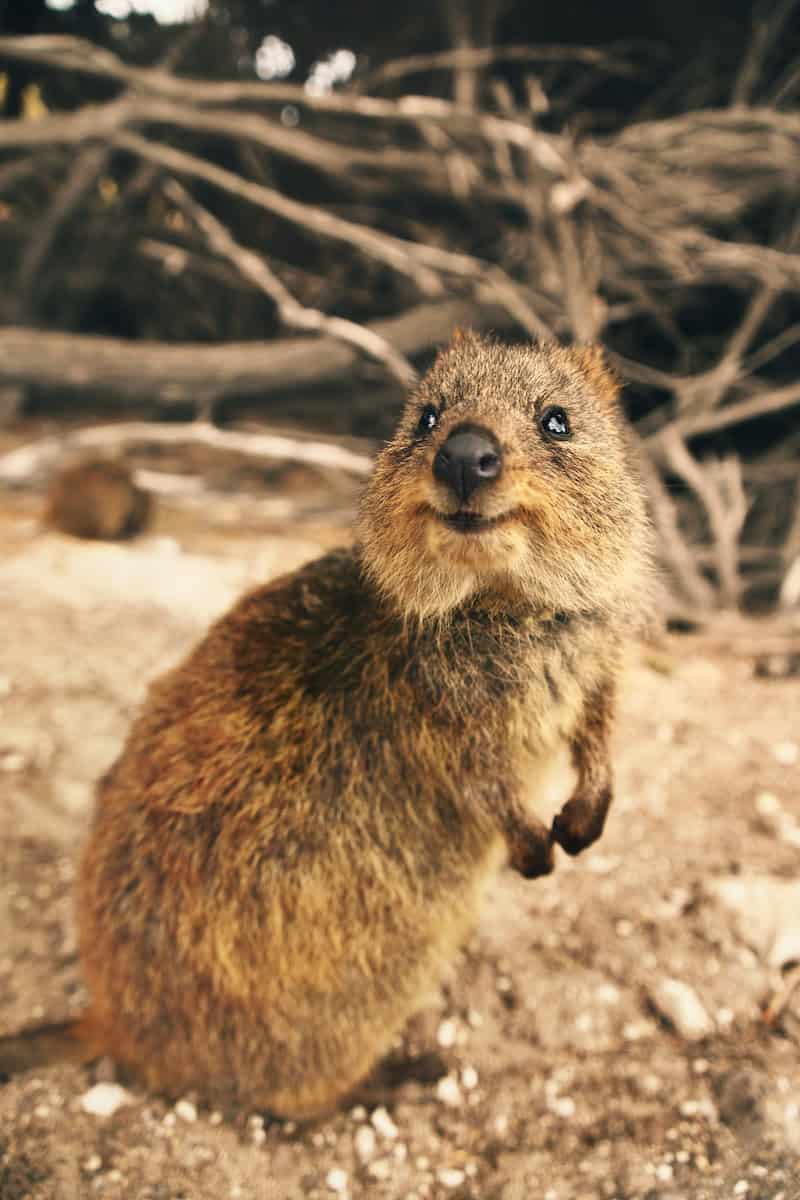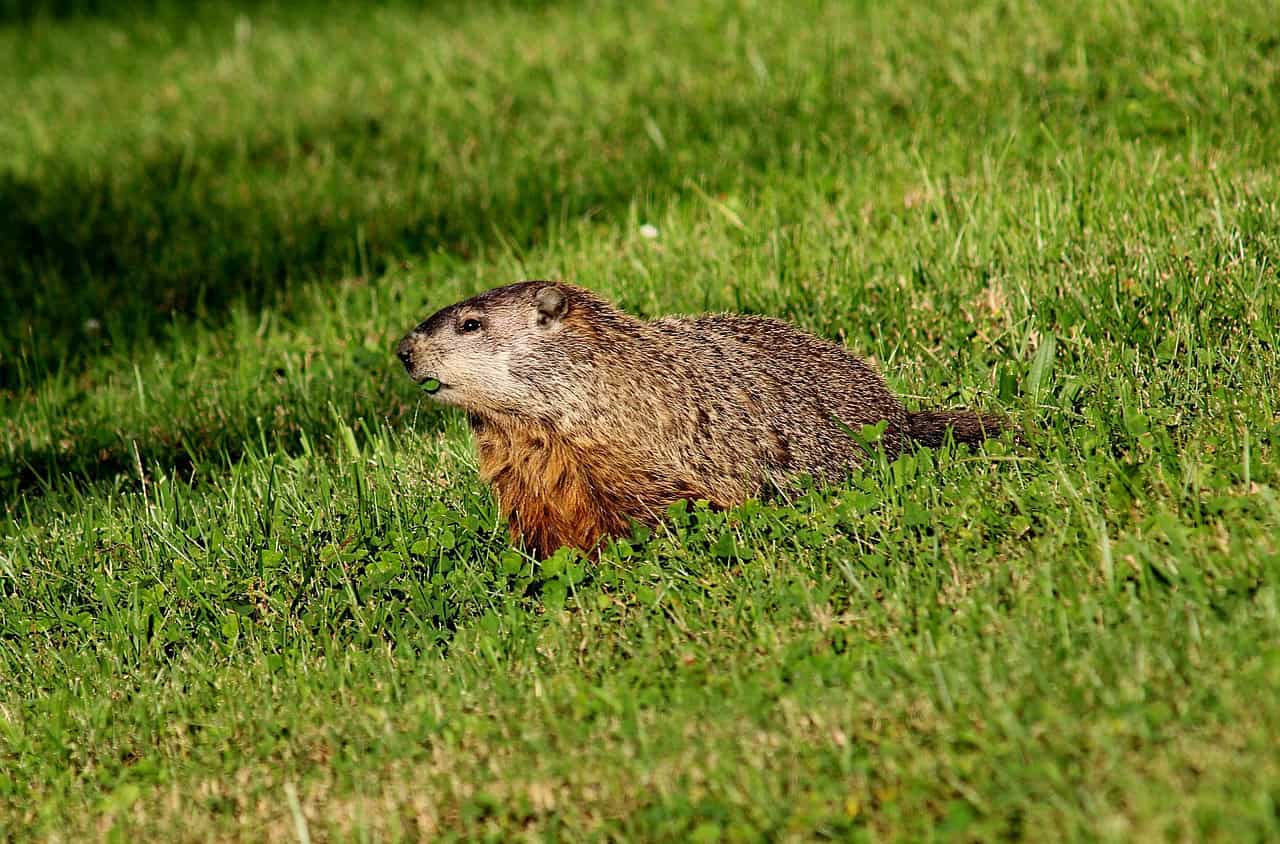What is Beaver?
A beaver is a large, semi-aquatic rodent known for its distinctive physical characteristics and behavior. Beavers are primarily found in North America, Europe, and Asia and are known for their significant ecological impact on their habitat. Here are some key features and information about beavers:
Physical Characteristics:
- Size: Beavers are among the largest rodents in the world, with adults measuring about 3 to 4 feet (0.9 to 1.2 meters) in length, including their tail.
- Body Shape: They have stocky bodies with dense, waterproof fur that ranges in color from reddish-brown to dark brown.
- Webbed Feet: Beavers have webbed hind feet, which make them strong swimmers, and they use their front feet for digging, cutting, and handling objects.
- Flat Tail: One of the most distinctive features of beavers is their flat, paddle-like tail. They use this tail to assist with swimming, balance, and communication.
Habitat and Behavior:
- Semi-Aquatic Lifestyle: Beavers are well-adapted for an aquatic lifestyle. They are excellent swimmers and build elaborate structures in freshwater habitats like rivers, streams, ponds, and lakes.
- Dam Building: Beavers are famous for constructing dams using logs, sticks, and mud. These dams serve multiple purposes, including creating deep ponds for protection from predators and providing easy access to food during the winter.
- Lodges: Besides dams, beavers build lodges, which are dome-shaped structures made from sticks and mud. These lodges are used as shelter and are located within the pond created by the dam.
- Herbivorous Diet: Beavers are herbivores and primarily eat tree and shrubs’ bark, leaves, and twigs. They are particularly known for their ability to cut down trees with their strong incisor teeth.
- Nocturnal Activity: Beavers are primarily nocturnal, meaning they are most active at night. They are well-suited for nighttime activities, including foraging and dam maintenance.
Ecological Impact:
- Ecosystem Engineers: Beavers are considered ecosystem engineers because they can significantly alter their habitat. Their dam-building activities create wetlands and ponds, which benefit other wildlife and plant species.
- Conservation: Beavers play a role in maintaining wetland ecosystems and improving water quality. As a result, they are protected and even reintroduced in some areas where their populations were once depleted.
- Challenges: While beavers provide many ecological benefits, they can sometimes conflict with human interests, such as flooding farmland or roads. Management strategies are employed to address these conflicts.

What is Woodchuck?
A woodchuck, also known as a groundhog, is a large, herbivorous rodent from the marmot family, Sciuridae. Woodchucks are native to North America and are known for their burrowing habits and behavior of hibernating during winter. Here are some key characteristics and information about woodchucks:
Physical Characteristics:
- Size: Adult woodchucks measure about 16 to 26 inches (40 to 66 centimeters) in length, excluding the tail, which adds another 5 to 7 inches (13 to 18 centimeters). They can weigh anywhere from 4 to 14 pounds (1.8 to 6.4 kilograms).
- Coloration: Woodchucks have dense, fur-covered bodies primarily brownish-gray to reddish-brown. They have a short, bushy tail that is dark brown.
- Short Legs: Woodchucks have relatively short legs and powerful claws adapted for digging and burrowing.
- Front Teeth: Like other rodents, woodchucks have large, sharp, and continuously growing incisor teeth that they use for gnawing on vegetation and digging.
Habitat and Behavior:
- Burrowing: Woodchucks are known for their extensive burrows, which they dig in the ground. These burrows can be quite complex and have multiple entrances and chambers.
- Hibernation: Woodchucks are true hibernators, meaning they enter a state of deep torpor during the winter months. They survive on stored body fat and do not eat or drink during hibernation.
- Herbivorous Diet: Woodchucks are herbivores and primarily feed on a diet of grasses, plants, leaves, and other vegetation. They are known for their ability to consume large quantities of food.
- Territorial: Woodchucks are territorial animals and may defend their burrows and feeding areas from intruders. They are solitary animals except during the breeding season.
Cultural Significance:
- Groundhog Day: Woodchucks, specifically the groundhog, have become culturally significant in North America due to the tradition of Groundhog Day, celebrated on February 2nd. According to folklore, if a groundhog emerges from its burrow and sees its shadow on this day, it will be frightened and return to its burrow, predicting six more weeks of winter. It will stay outside if it doesn’t see its shadow, indicating an early spring.
Ecological Role:
- Ecosystem Engineers: Woodchucks play a role as ecosystem engineers by digging burrows that provide shelter for other wildlife, including various insects and reptiles.
- Herbivore Impact: They can impact plant communities by consuming vegetation, which can affect the composition of local ecosystems.

Comparison Table Between Beaver and Woodchuck
| Aspect | Beaver | Woodchuck (Groundhog) |
|---|---|---|
| Scientific Family | Castoridae | Sciuridae |
| Common Name | Beaver | Woodchuck, Groundhog |
| Habitat | Aquatic habitats like rivers, ponds, lakes | Terrestrial habitats, fields, meadows |
| Size | Larger, 3 to 4 feet in length | Smaller, 1.5 to 2 feet in length |
| Body Shape | Stocky, adapted for swimming and dam-building | Compact and adapted for burrowing |
| Tail | Flat, paddle-like tail used for swimming and balance | Short, bushy tail |
| Teeth | Large incisors used for cutting trees and building dams | Large incisors used for gnawing vegetation |
| Behavior | Excellent swimmers and builders of dams and lodges | Burrowers and herbivores, known for hibernation |
| Hibernation | Active throughout the winter, do not hibernate | True hibernators, enter deep torpor during winter |
| Burrowing | Build elaborate underground lodges and dams | Dig simple burrows for shelter and hibernation |
| Diet | Herbivorous, primarily eat bark, leaves, and aquatic plants | Herbivorous, primarily eat vegetation |
| Cultural Significance | Limited cultural significance | Celebrated in Groundhog Day folklore |
| Ecological Role | Ecosystem engineers, creating wetlands and altering landscapes | Limited ecosystem engineering, dig burrows for shelter |
Main Differences Between Beaver and Woodchuck
Beaver:
- Semi-Aquatic Lifestyle: Beavers are well-adapted to a semi-aquatic lifestyle, spending a significant portion of their time in water bodies like rivers, ponds, and lakes. They are excellent swimmers and construct dams to create aquatic environments.
- Strong Swimming Abilities: Beavers have webbed hind feet and a flat, paddle-like tail, which make them powerful swimmers. Their tail is used for propulsion and balance in the water.
- Ecosystem Engineers: Beavers are considered ecosystem engineers due to their significant environmental impact. They create wetlands, which provide habitats for various species and influence the local landscape.
- Large-Scale Construction: Beavers build extensive lodges and dams using logs, sticks, and mud. These structures can be quite large and complex, involving multiple chambers.
- No Hibernation: Beavers remain active throughout the winter and do not hibernate. They are well-suited for cold environments, with adaptations like dense fur and a layer of fat for insulation.
Woodchuck (Groundhog):
- Terrestrial Habitat: Woodchucks are primarily terrestrial rodents that inhabit fields, meadows, and grassy areas. They are found in burrows on land.
- Limited Swimming Abilities: Woodchucks are not strong swimmers and are rarely seen in water bodies. They are not adapted for an aquatic lifestyle like beavers.
- Burrowing Specialists: Woodchucks are known for their burrowing skills and dig extensive burrows for shelter, hibernation, and rearing young. These burrows can have multiple entrances and chambers.
- True Hibernators: Woodchucks are true hibernators, meaning they enter a state of deep torpor during the winter months. Their metabolic rate drops significantly during this period, allowing them to survive on stored body fat without eating or drinking.
- Ground-Dwelling Herbivores: Woodchucks are herbivorous rodents that feed on a vegetation diet, including grasses, clover, and other plants. They are known for their ability to consume large quantities of vegetation during the summer months.
- Cultural Significance: Woodchucks, particularly groundhogs, are culturally significant in North America due to the tradition of Groundhog Day on February 2nd. According to folklore, they predict the arrival of spring based on their behavior on that day.
 Samantha Nicole
Samantha Nicole